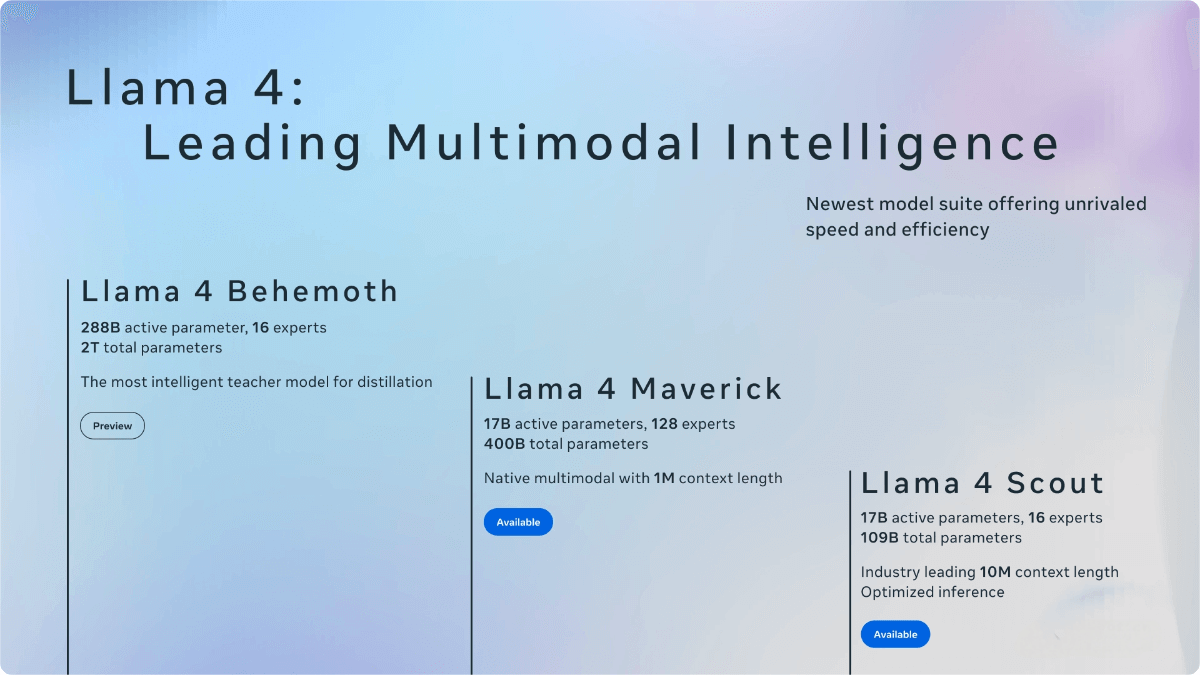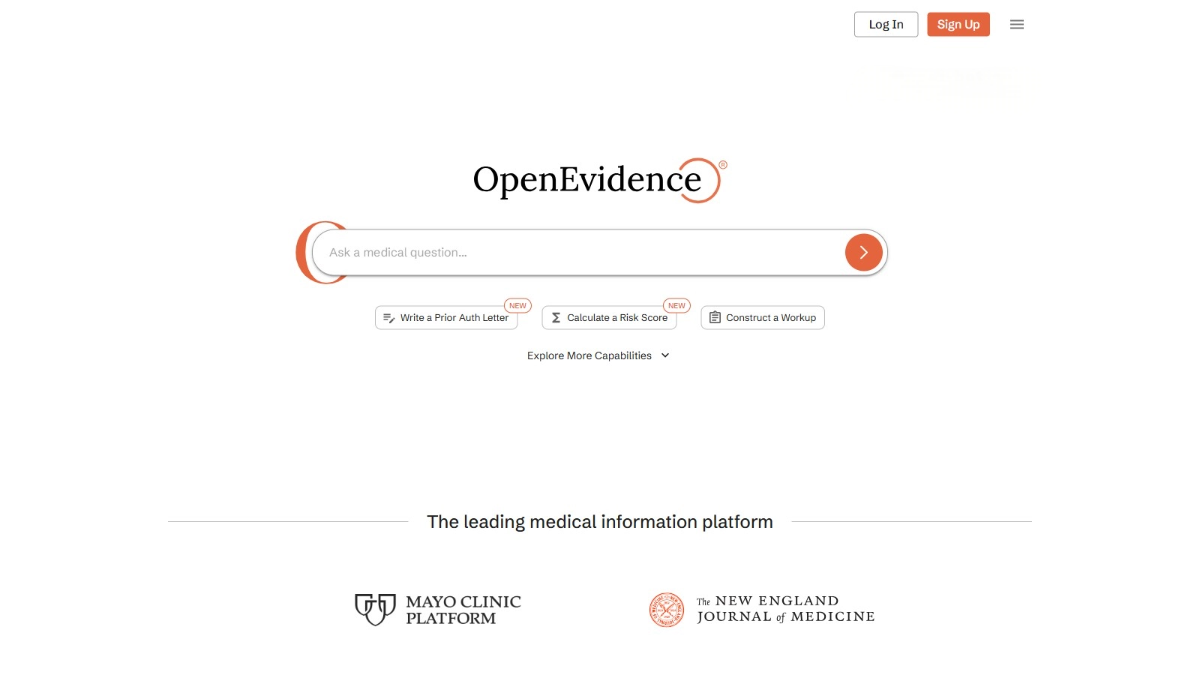Cohere has sorted out six stages of enterprise-level AI agents.
Stage 1: Basic Language Model
AI originated from basic language models designed for text completion and prediction. These models can continue text sequences and fill in blanks, but they are unable to follow specific instructions or engage in meaningful conversations. Although they perform excellently in tasks such as code completion or text prediction, they are not suitable for complex commercial applications.
Stage 2: Instruction Following
The next breakthrough is models that can understand and follow specific instructions. This advancement enables the models to perform specific tasks such as summarization, translation, or analysis when given clear instructions. However, these models are still limited by their training data and unable to access or integrate new information.
Stage Three: Conversational Artificial Intelligence
Language models subsequently evolved to be capable of natural conversations. Systems like ChatGPT have demonstrated the ability to maintain context during conversations and generate contextually appropriate responses. Although these implementations are revolutionary for user interactions, they are still limited by the inability to access current information or company-specific knowledge.
Stage 4: Retrieval-Augmented Generation (RAG)
RAG represents a significant advancement by connecting language models with external knowledge sources. This enables AI systems to construct their responses based on current, company-specific information, making them practical for commercial applications. The process is simple yet powerful: retrieve relevant information, integrate it into the context, and generate an informed response.
Stage 5: Tool Usage
The next significant advancement is enabling models to interact with external tools and APIs. Models can now not only process information but also perform specific operations through well-defined interfaces. Even so, these implementations often require explicit instructions on which tools to use and when to use them, limiting their autonomy.
Stage 6: AI Agents—The Current Frontier
AI agents represent the pinnacle of the combination of these capabilities and complex reasoning abilities. Today’s agents can:
• Access and process information through RAG (Retrieval-Augmented Generation)
• Use tools and APIs to take actions
• Plan and execute multi-step processes
• Analyze their approaches and adjust as needed
• Maintain context within complex workflows
For example, an AI agent handling customer support can analyze received tickets, search for relevant information in the knowledge base, route tickets to the appropriate departments, update tracking systems, and draft initial responses—all while adapting its approach based on the specific situation and available tools. This combination of capabilities makes AI agents particularly powerful in transforming business operations.
Related Posts




